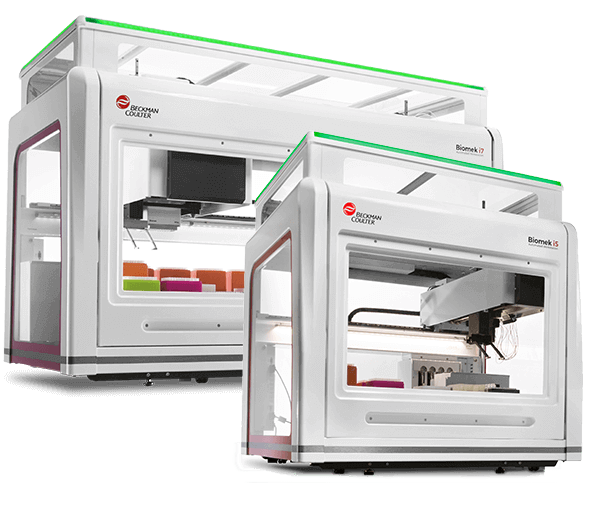This site uses cookies and related technologies, as described in our privacy policy, for purposes that may include site operation, analytics, enhanced user experience, or advertising. You may choose to consent to our use of these technologies, or manage your own preferences.
Absorption Distribution Metabolism Excretion (ADME)
Preclinical ADME (stands for Absorption, Distribution, Metabolism, and Excretion) is part of the drug development process in which weak drug candidates are eliminated, most often done on in vitro samples. This is the process where we investigate the chemical impact on the health of the patient when the drug is ingested. This process will look a little different depending on if you are using small molecules or biologics to develop new drugs.
Biologics
When an antibody dies, we look to measure its half life and the different building blocks that it will disintegrate to.
Small Molecule
Within the human body, a drug candidate will be evaluated on how it is absorbed, distributed, metabolized, and eliminated. Different small molecules will behave differently because of the way they are metabolized, for instance.
Absorption - There are four main routes of exposure:
- Inhalation
- Absorption through the skin or eye
- Ingestion
- Injection
Distribution - As the compound moves throughout the body, there are four main ways molecules can move:
- Passive diffusion
- Filtration
- Endocytosis
- Special transport - aided by a carrier molecule
Metabolism - the process by which the body will break down the drug candidate. These can influence the toxicity of the drug in a number of ways. These reactions help to identify Adverse Outcome Pathways.
Excretion - Finally, molecules can leave the body in a number of ways. These considerations become very important in determining adverse health effects.
- Most excretion occurs through the kidneys as urine or as feces
- Some molecules, largely dependent upon size and charge, can be excreted through the skin as sweat
- Very few can be excreted via gas from the lungs
- Lipid-soluble compounds can accumulate in fat
Products for Absorption, Distribution, Metabolism and Excretion (ADME)

Vi-CELL BLU
Assess cell viability before cell-based assays.
Avanti J-15R
Pellet cells prior to plating for ADME assays.
Biomek iSeries
Automation can improve the consistency of cell-based assays.

